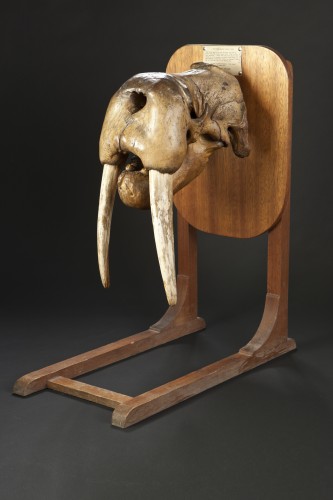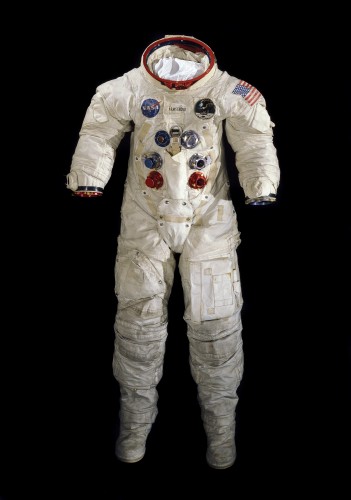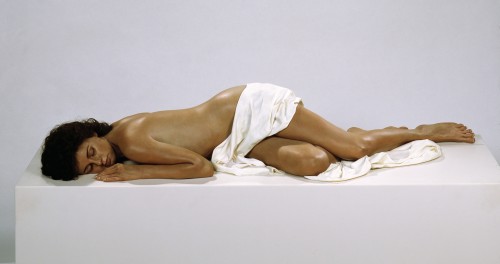In a previous post, I shared a few of the hidden museum treasures I included in a slide show I put together for Bing Travel: fleas in a hazelnut inside a matchbox, a quilt made from Ku Klux Klan masks and a glass Portuguese man of war. You can see those items here.
Here are few more:

This mounted skull, at Alaska’s Anchorage Museum, was labeled by the donor as the “first known Alaskan atomic victim;” it’s from a walrus supposedly killed when Russians exploded an atomic bomb near Siberia in about 1953. Exhibited briefly at the museum in 1966, the skull was put away over concerns that it was radioactive. When tested in 2000, no radiation was found, but the walrus stays in storage.

The National Air and Space Museum in Washington, D.C., has more than 1,000 objects in its spacesuit collection, including most of the suits, gloves, boots and helmets worn during the Apollo, Gemini and Mercury missions. Built to withstand space — but not time — many now-fragile spacesuits are kept in storage facilities with special light, temperature and humidity controls. Neil Armstrong’s Apollo 11 spacesuit, considered the most important spacesuit ever built, has been in storage since 2006.

At the Denver Art Museum, “Linda,” a popular piece of artwork by John DeAndrea made from plastic materials, emerges from storage for a short time every few years. Kate Moomaw, assistant conservator for modern and contemporary art, says, “Deterioration of plastics typically leads to issues like color change, distortions and increased brittleness … so ‘Linda’s’ time on view is rationed out. … When not on display, ‘Linda’ is kept in dark storage.”
You can see the full slide show here.
I’m working on a book on this same topic – so if you know of museum that has a hidden treasure you’d like to nominate, please drop me a note.
(All photos courtesy of the respective museums.)
Thanks for visiting Stuck at the Airport. Subscribe to get daily travel tidbits. And follow me on Twitter at @hbaskas and Instagram.